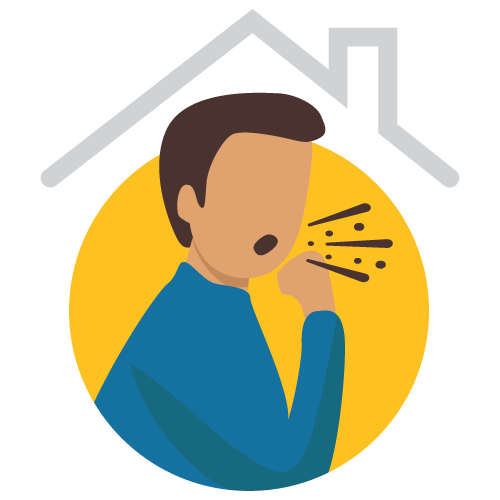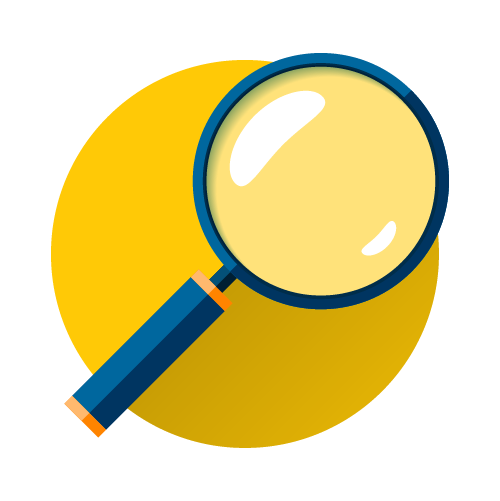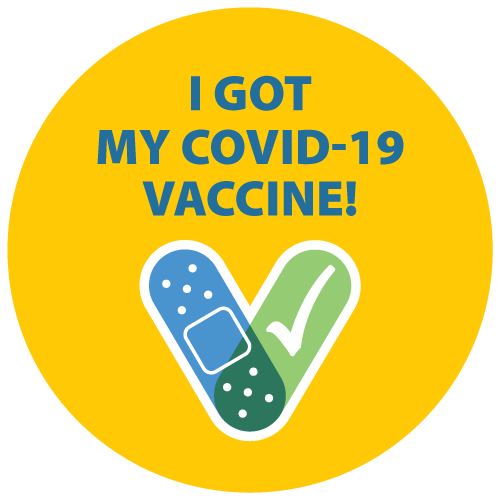Emergency Declarations Ending
COVID-19 emergency declarations are ending
There isn’t one national emergency declaration for COVID-19, there are 5. Each has a different purpose for a different part of our government. The 5 emergency declaration “buckets” are:
- Public Health Emergency 564 (FDA) Declaration (no end date has been set yet)
- Stafford Act (FEMA) Declaration (ends May 11, 2023)
- Public Health Emergency 319 Declaration (ends May 11, 2023)
- National Emergency (ended April 10, 2023)
- PREP Act (expected to end between October and December 2024)
The World Health Organization declared the end of the Public Health Emergency of International Concern on May 5, 2023. Together, these declarations are what allowed for the flexibilities we saw throughout the pandemic. They are legal documents which helped people quickly access important medical, health, and financial services during the height of the pandemic. For example, the emergency use authorization for vaccines occurred under bucket #1. Extending Medicaid to more people happened under bucket #3. These different buckets created a complicated system that needs to be untangled without collapsing all at once. To help prevent this, the emergencies are ending at different times.
There are also other programs that were started or expanded during the pandemic that have already ended or will end soon, including:
- Emergency rent relief (ended February 5, 2023)
- Medicaid unwinding (started March 1, 2023)
- SNAP emergency benefits (ended March 2023)
COVID-19 health services—like testing or vaccination—and how much they cost may also change starting May 11, 2023 depending on your health insurance provider. Call your insurance provider to see what COVID services are still covered and how much they will cost.
The COVID-19 statewide public health emergency in Utah has ended.

This does not mean COVID-19 is over.

COVID-19 data will still be available.
The Utah Department of Health and Human Services will continue to update the COVID-19 data dashboard each week as we have done throughout the pandemic.
There may be changes to what data is available or how it is displayed as we continue to learn more about COVID-19. These changes are made after careful consideration to help show the most accurate data on COVID-19 in our state. Some data may no longer be available as CDC makes changes to surveillance systems across the country. In Utah, COVID-19 is a reportable disease under the Utah Communicable Disease Rule which means providers must report positive test results to public health.

COVID-19 vaccines will still be free.
COVID-19 testing and treatment may be harder to find and may not be covered by your insurance.
Access to and cost of testing and treatment will depend on the type of health insurance you have. Insurance providers will no longer be required to waive costs or provide free COVID-19 tests (including at home or over-the-counter tests) after May 11, 2023.
- For people with Medicaid coverage, COVID-19 testing and treatment will be free until September 30, 2024.
- For people with Medicare Part B coverage, COVID-19 testing will only be free for lab-based tests that are ordered by a healthcare provider.
- If you don’t have insurance, COVID-19 testing and treatment may no longer be free. There are some locations in Utah which will continue to offer free testing for those in need. You can also use the CDC No Cost COVID-19 Testing Locator to find community and pharmacy partners participating in the Increasing Community Access to Testing (ICATT) program.
During the pandemic, the federal government provided states with supplies of COVID-19 medications. Medication will remain free as long as federal supplies last. After supplies from the federal government run out, the price will be decided by the medication manufacturer and health insurance companies.
For more information on how these emergency declarations may impact you, visit:
